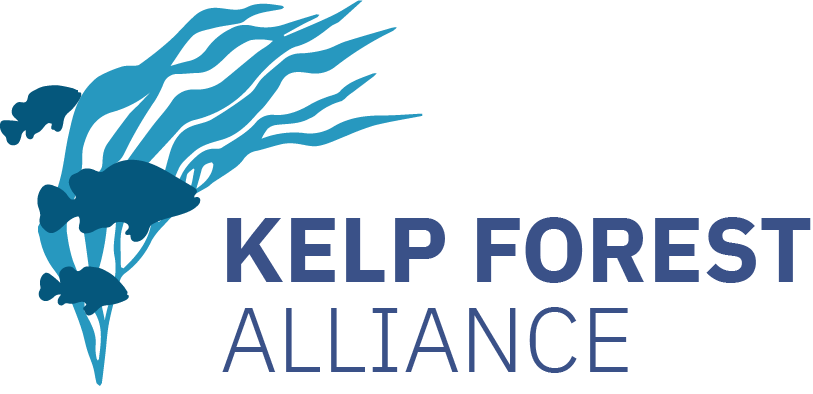Restoration Objective:
In addition, coastal ecosystems affected by eutrophication may become more sensitive to other pressures such as climate change and fishery (Justíc et al. 1996; Baden et al. 2012), reducing the rate of recovery and likely altering achievable restoration targets (Carstensen et al. 2013). Consequently, the use of conceptual and numerical models to test recovery and restoration scenarios as well as legislative frameworks focusing on specific targets, measures, and tolerable deviations often lack information from empirical data for validation.



